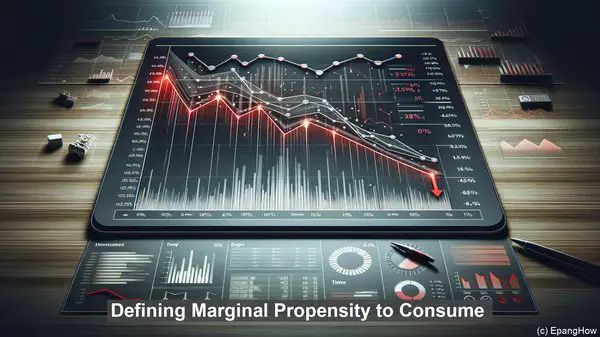Introduction: The Intricacies of Economic Behavior
Hello, everyone! Welcome to our article on the intriguing world of economics. Today, we’ll be delving into the concepts of marginal propensity to consume and marginal propensity to save. These two terms are fundamental in understanding how individuals and societies allocate their resources. So, let’s get started!
Defining Marginal Propensity to Consume
Marginal propensity to consume, often abbreviated as MPC, refers to the proportion of an additional unit of income that individuals or households spend on consumption. In simpler terms, it measures the inclination to use a portion of any increase in income for immediate spending. For example, if someone’s MPC is 0.8, it means they spend 80% of any additional dollar they earn.

Exploring Marginal Propensity to Save
On the other hand, we have the marginal propensity to save, also known as MPS. This concept represents the proportion of an additional unit of income that individuals or households save rather than spend. It indicates the tendency to set aside a portion of any increase in income for future use or investment. For instance, an MPS of 0.2 implies that 20% of any extra dollar earned is saved.
The Relationship: MPC and MPS
It’s important to note that MPC and MPS are not independent of each other. In fact, they are complementary, with a combined value of 1. This means that any change in income will be divided between consumption and saving. For instance, if the MPC is 0.8, the MPS will be 0.2, and vice versa. This relationship showcases the basic economic principle of trade-offs.

Implications for the Economy
Understanding MPC and MPS is crucial for analyzing the impact of various economic policies. For example, during times of recession, when there’s a need to stimulate spending, policies that aim to increase disposable income can be effective. This is because individuals with a higher MPC are likely to spend more, thus boosting overall demand. On the other hand, policies that encourage saving can be beneficial for long-term investments and stability.
